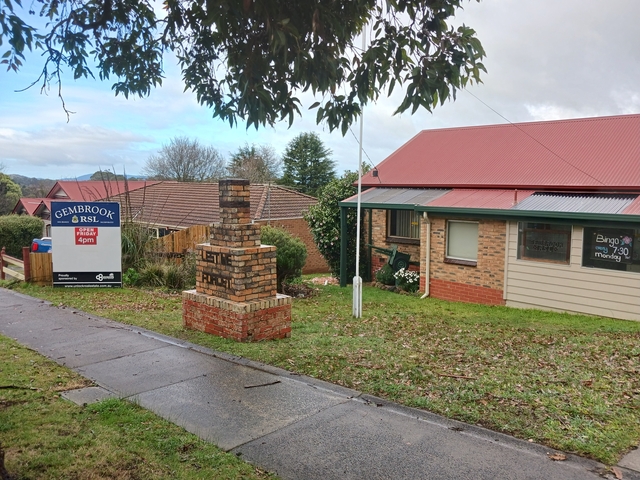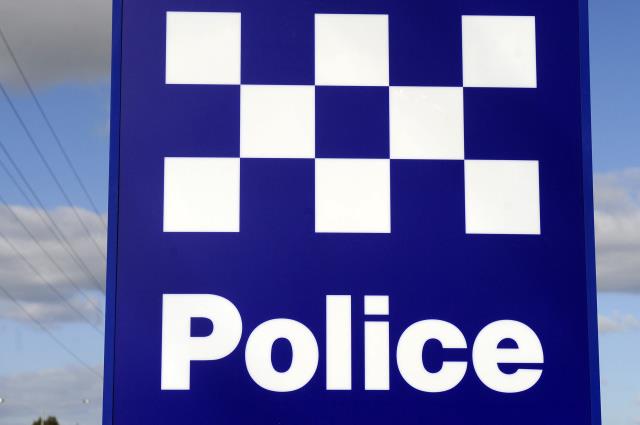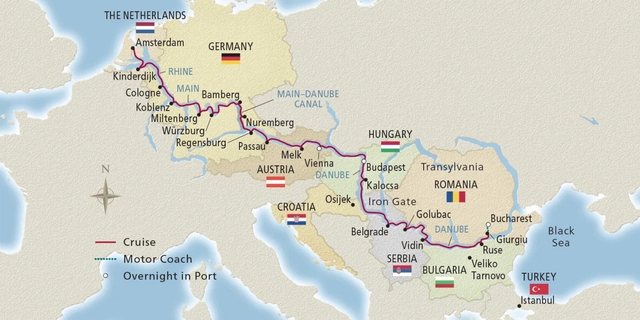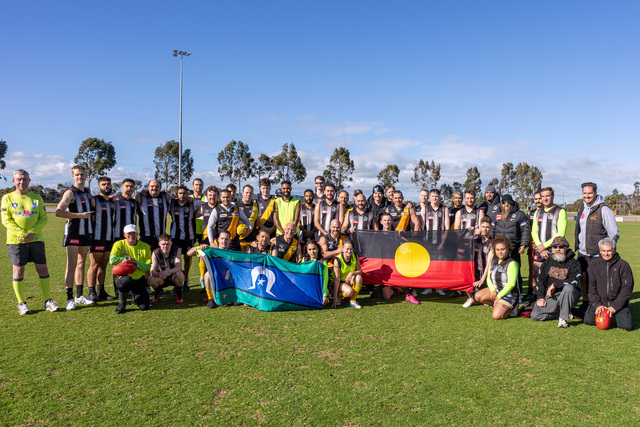By Callan Date
AT RISK Casey teenagers now have the chance to get their life back on track thanks to a ground-breaking youth program which was launched on Tuesday.
Operation Newstart Casey is an eight-week initiative aimed at students aged 14 to 16 years of age who are at risk of committing a crime or have become disengaged from their schooling.
Victoria Police Chief Commissioner Christine Nixon spoke glowingly of the pro-gram at the launch at Narre Warren.
Ms Nixon was joined by local community leaders and organisations, including Connections UnitingCare and the Department of Education and Early Childhood Development, in discussing the program.
Eight local teenagers will start Operation Newstart Casey next week, taking part in leadership and team building activities as well as various adventure projects.
Participants must be enrolled in school and will come from Narre Warren South P-12 College, Cranbourne Secondary College, Kambrya College, Eumemmerring College, Berwick Secondary College, Lyndhurst Secondary College and Hampton Park Secondary College.
Ms Nixon said the City of Casey, with its large youth population, was an ideal place for Operation Newstart to be conducted.
“There are currently about one million young people living in Victoria,” she said.
“This represents about 20 per cent of the population, yet sadly almost half of all offenders recorded are under 25.”
Ms Nixon said Operation Newstart had already had a strong impact on many young people’s lives across Victoria.
“Operation Newstart Casey will provide young people with a fresh approach to their learning by linking them into alternate education such as TAFE or apprentice employment,” Ms Nixon said.
“Students who participate in this program have normally demonstrated behaviour that can be disruptive in a traditional educational setting and truancy has also been a significant problem.”
Operation Newstart Casey has been initiated by Leading Senior Constable Christine Atherton and education official James Seeary.
Snr Const Atherton said the program generally had a 100 per cent attendance rate and went a long way to helping at risk teenagers get their life back on track.
“They finish (the program) with a large portfolio of certificates and achievements that help them as they look to move into the workforce or further education,” she said.
Teenagers rise to the challenge
Digital Editions
-

Gembrook memorial to receive upgrade
Already a distinct landmark that has stood for decades, the Gembrook War Memorial and surrounds will benefit from an upgrade to commemorate veterans further. Located…





